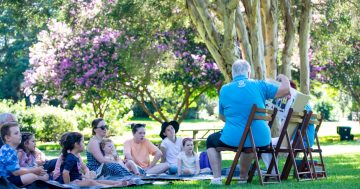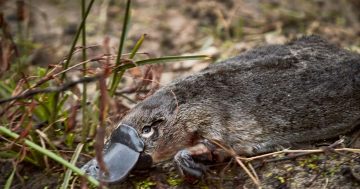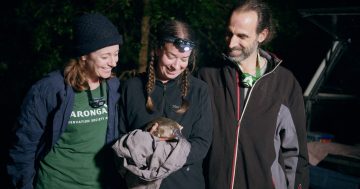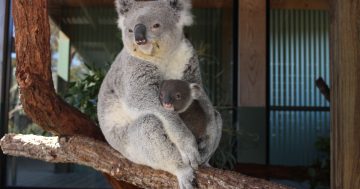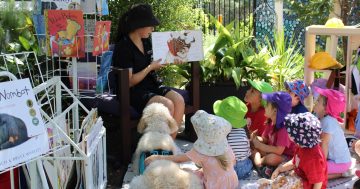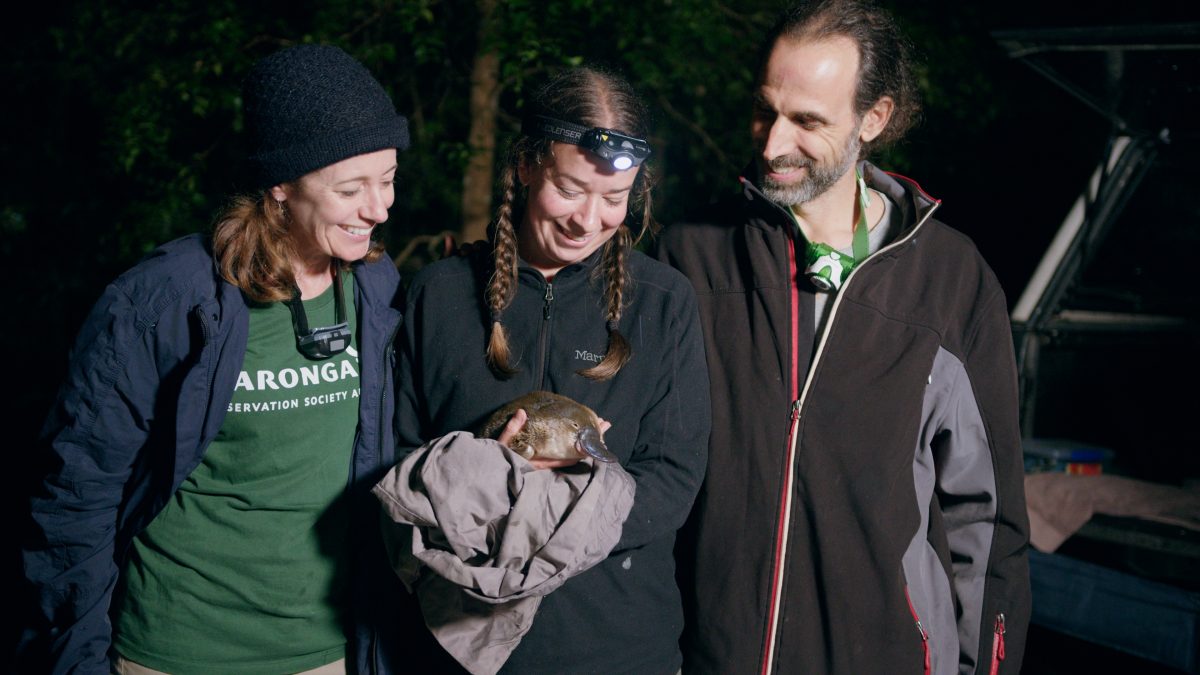
Staying up all night was worth it for Dr Justine O’Brien of Taronga and Dr Gilad Bino and Dr Tahneal Hawke of UNSW, who are the first people to find a juvenile platypus in the Royal National Park for more than half a century. Photo: University of NSW.
What do you call a baby platypus? Success.
Scientists and researchers have discovered a juvenile platypus in the Royal National Park, less than a year after 10 platypuses were returned to the park where they had been locally extinct for more than 50 years.
While there’s some debate over the correct term for a baby platypus, with ‘puggle’ and ‘platypup’ the two frontrunners, there’s no argument that this baby is a symbol of hope for the budding population north of Wollongong.
The female was captured during a survey to assess the health of the translocated platypuses and confirm potential offspring.
Researchers say she could be just one of many, and have not ruled out the possibility of more undetected juveniles in the area.
The original 10 platypuses were given an acoustic tag when they were released in May 2023 that pings listening receivers up and down the park’s rivers.
Over three nights, researchers from UNSW Sydney, Taronga Conservation Society Australia and WWF Australia, with the support of NSW National Parks and Wildlife, laid nets in ‘hot spots’ along the waterways of the Royal National Park.
They were placed in areas where monitoring had indicated regular activity.
The little platypus is in excellent condition, weighed in at 850 grams and is estimated to be about six months old.
Her age aligns with the end of the platypus breeding season and means she would have only just emerged from her burrow.
She will be named by the local Indigenous community.
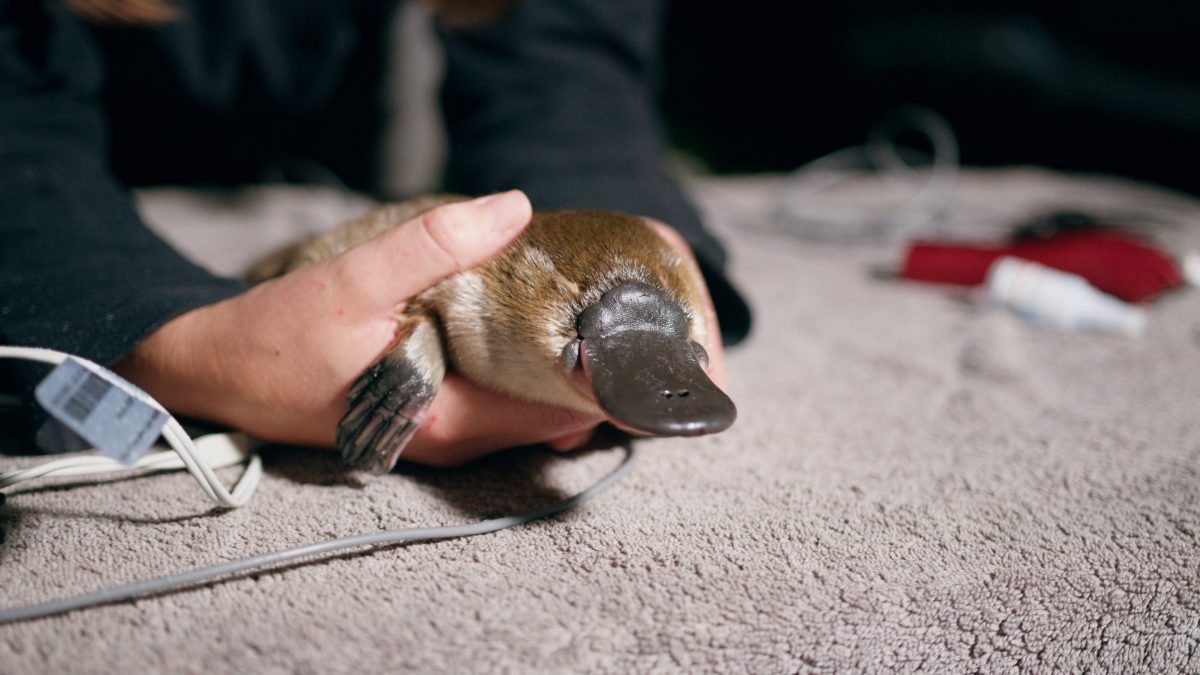
The juvenile platypus is in good condition according to the researchers. Photo: University of NSW.
Before she was returned to the river, researchers assessed her body condition, took several samples and fitted her with a microchip for future identification.
UNSW conservation scientist and project lead Dr Gilad Bino said the find was proof targeted conservation projects could make a difference for some of our most vulnerable species.
“Finding the juvenile platypus is a clear sign the reintroduced population is not just surviving but thriving, adapting well to their environment, and contributing to the genetic diversity and resilience of this iconic species,” he said.
“The success of this reintroduction underscores the vital role that targeted conservation actions, such as translocations, rescues, and reintroductions, play in the preservation of the platypus across its range.”
During the surveys, researchers also captured an adult female platypus named Delphi in the same area, who was also in good condition.
Genetic analysis will confirm the juvenile’s parents, providing valuable insights into the breeding patterns and genetic health of the population.
Ongoing monitoring and tracking have confirmed all 10 of the original platypuses are still active, with a couple recently venturing beyond the detection range.
The waterways in the Royal National Park have been extensively monitored, with results indicating habitat, food availability and water quality is suitable for supporting healthy populations of platypuses.
The breeding success is a significant milestone for the program and testament to the health of the park.
Further reintroductions are planned over the coming years.
The return of platypus to the Royal National Park was the first translocation program for platypus in NSW and aimed to re-establish a self-sustaining and genetically diverse platypus population.
The platypuses were sourced from across NSW to ensure genetic diversity and taken to Taronga Zoo’s purpose-built platypus refuge before being released into the park.
Taronga Conservation Society Australia Conservation Officer Dr Phoebe Meagher said it was encouraging to see targeted projects could make a difference to the survival of species that are at risk due to human activity.
“The platypus is such an iconic and enchanting animal, but sadly is being hit from all sides – from climate change, droughts, bushfires and floods, through to habitat fragmentation and pollution,” she said.
“Being able to refine and learn from conservation translocations so we can step in and assist vulnerable populations in times of need is absolutely critical.
“To have such success in the first-ever translocation of platypus in NSW fills me with hope for the future of this species.”








